7. Hockney’s Bigger Trees
Warter, East Yorkshire
The Wolds have found a powerful advocate in
David Hockney’s bold images
Previously one of the undiscovered gens of
England, the Yorkshire Wolds hit the headlines though the art of David Hockney.
His colorful tributes to East Yorkshire, recently seen in a major Royal Academy
exhibition, shine a new light in this unsung but beautiful area of dry valleys
and wide vistas. His huge work Bigger Trees Near Warter was painted on 50
canvases and measures 4.6m by 12.2m (15ft by 40ft); it was one of his first
Wolds painting to captivate the public. This walk will show you the inspiration
for this epic painting.
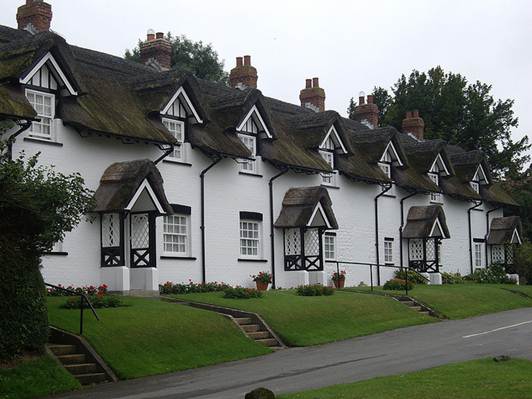
The
Wolds have found a powerful advocate in David Hockney’s bold images
8. Ancient Paint Palette Course
Staithes, North Yorkshire
Make stunning artworks from natural paints
I love experimenting with artists’
materials and can't walk past an art shop without buying something. But today I
wouldn’t be squeezing my paints out of a tube, I’d be digging them out of a
cliff.
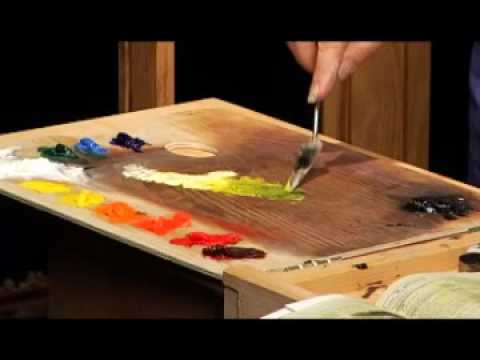
Ancient
Paint Palette Course
I was in Staithes, a higgledy-piggledy
fishing village clinging to cliffs on the North Yorkshire coast, joining guides
Sean Baxter and his son Thomas, local artists Carol, Matthew and Tiff the
collie. We were on a mission along this fossil-rich stretch of coastline to
collect pigments out Neolithic ancestors used when they were smitten with the
urge to record daily life on cave walls.
Tides wait for no one, so after a safety
briefing we set off along the foreshore that Sean knows like the back of his
hand. He’s been an adventurer, lifeboat helmsman, fisherman and he’s also a
natural storyteller. He regaled us with salty tales as we skirted rockpools and
clambered along rocky ledges. “The captain stayed on that ship while she broke
up around him, before he let the lifeboat rescue him,” he said, gesturing
towards rusting remains on the water’s edge.
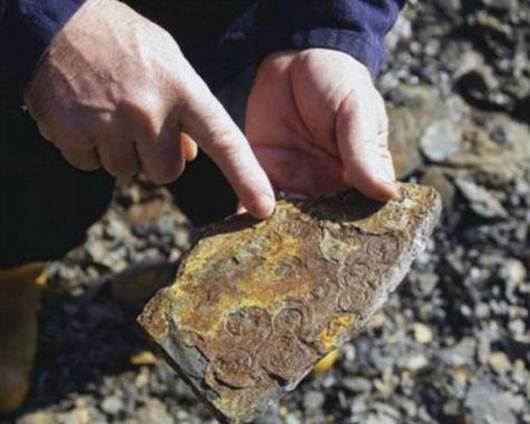
Here
be treasure – ochre ready to be scraped for the paint palatte.
We listened to the calls of curlews and
kittiwakes, tasted subtle distinctions between pepper dulse and carrageen
seaweeds, hauled in Sean’s lobster pots to admire their disgruntled catches
(for lunch later) and searched for iron pyrites (‘fools’ gold) and jet embedded
in the cliffs.
Mining our own materials
The rocks hereabouts were littered with
fossil ammonites exposed on fractured surfaces. While Sean held a layer of
cloth, Carol knelt and, using his home-made charcoal, produced the Juressic
equivalent of a brass rubbing.
It was then time to do as our artistically
inclined ancestors would have done and mine our own art materials. “That’s what
we’re after,” announced Sean, pointing to streaks of yellow and orange embedded
in the ironstone cliffs.” Those are the oxidized iron minerals, the source of
ochre.”
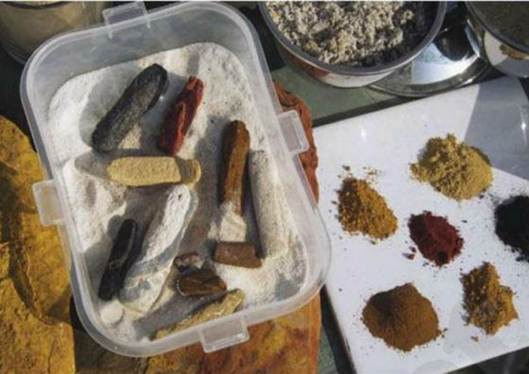
Powered
pigments and home-made pastels
My task was to scrape orange encrustation
deposited by trickling water inside an ironstone mine entrance. Around the
corner, Carol was making good progress with the yellow ochre that the rocks
were yielding.
An hour’s foraging gave us enough material
to earn our reward. Around the next headland, at Port Mulgrave, Sean’s wife
Tricia prepared a legendary picnic lunch in their fishing hut. There was a pot
of broth on the driftwood fire and the table was groaning under the weight of
winkles, scarlet lobsters. Kelp crisps and fruit cake: a welcome feast in a
natural sun-trap between cliffs and glittering sea. The work began again –
grinding minerals in a pestle and mortar and mixing them with various ‘binders’.
Ochre mixed with gum Arabic produces watercolour; mixed with acrylic medium
produces a fast-drying opaque pigment; and, when rolled into sausage-shapes
with gum tragacanth, makes truly gorgeous crymbly pastels. We tested them on
cloth, paper and our ammonite rubbings. Earthy colours – blood red, yellow
ochre, umber and burnt umber erupted from the materials we’d collected. Indigo,
missing from the spectrum, comes from woad grown in Trishia’s dye plant garden
in Staithes. Those who come on the course in summer can add purple to their
palette, in the form of vibrant purple ink squirted by sea slugs that live in
offshore kelp beds.
We were all so absorbed in experimenting
with our home-made pigments that the afternoon flew by and suddenly it was
suddenly time to amble back along the cliff top Clevelan Way to Staithes, our
backpacks filled with our ancient hoard.
A link with our ancestors
I paused at the cliff edge to catch my
breath and take in the view of sea and headlands receding into the afternoon
haze, and to reflect on the afternoon’s experiences. It had taught me something
about our distant ancestors. Like us, they must have been engrossed in
experimenting and producing pigments to express aspects of life that stirred
their emotions, through drawings on cave walls. Our instinct to find ways of
communicating through art it as deeply rooted in humanity as our instinct for
survival.
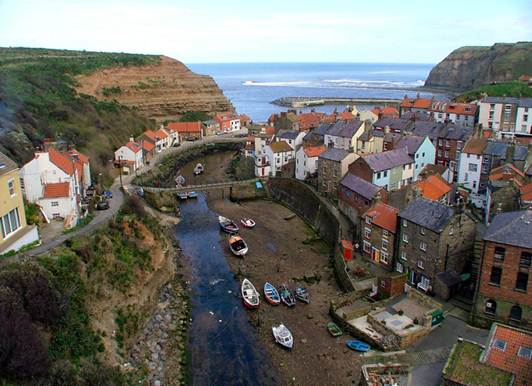
Staithes, North Yorkshire